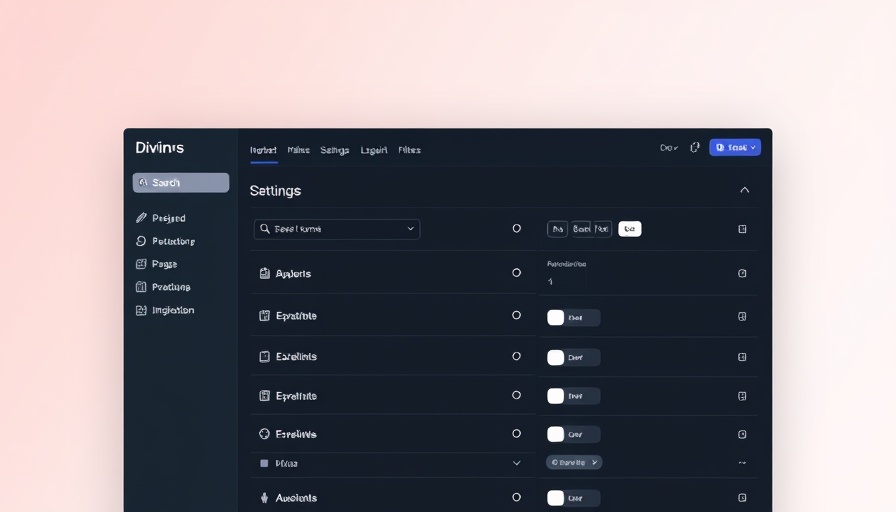
Unraveling the Complexity of the SVG Path Element
SVG (Scalable Vector Graphics) is no longer just a buzzword—it's a powerful tool that can transform how we create visuals on the web. But maybe you’ve found yourself staring at an <path> element, feeling overwhelmed by its syntax? Don’t worry; you’re not alone. In this journey, we’re going to dissect the intricate world of SVG path commands, specifically focusing on the essential line commands that allow you to create stunning shapes and illustrations.
Why SVG Path Elements Matter
For every WordPress user, understanding SVG can elevate your design game. While there are tools available for creating SVGs, knowing how to manipulate the paths gives you unparalleled freedom. Imagine crafting your custom graphics directly in your WordPress site without the need for external image files! As visual branding becomes increasingly essential in the crowded digital space, mastery of SVG paths opens doors to personalized design aesthetics.
A Quick Recap Before We Dive In
If you think you’re ready to enter the realm of SVG path commands, let’s recap a few essentials. Ensure you’re comfortable with basic SVG syntax, as this foundational knowledge will make the path commands easier to grasp. The <path> element is a powerhouse of SVG, capable of representing multiple shapes via a compact syntax. It’s the Swiss Army knife in your web design toolkit.
Understanding Path Syntax: The Basics
The path syntax relies heavily on coordinates—think of them as the map guiding you to your destination. When starting with SVG paths, remember that the coordinates in the <path> element will vary depending on their commands. Commands like M for move, L for line, and C for curve help you describe your paths.
For example, a simple command like M 10 10 L 100 100 indicates that we’re moving to the point (10,10) and then drawing a line to (100,100). Envision this as your artistic brush tracing lines on a canvas!
Visualizing Commands for Better Understanding
As an artist understands color palettes, you too must grasp the artistry behind these commands. Let’s visualize the structure. Consider using a simple canvas in your WordPress block editor. By plotting out points on an SVG grid, you can see the direct correlation between your commands and the resulting visual representation. This not only reinforces learning but also transforms the abstract commands into tangible shapes.
Common Pitfalls: What You Need to Avoid
While the world of SVG paths can be exhilarating, it’s easy to get tangled in the complexities. One common mistake is neglecting the order and format of commands. Another is failing to understand the reference points of paths, often leading to unexpected outputs. Keep your commands organized, and use consistent naming for your coordinates; soon you'll develop an intuitive feel for it.
Future Trends: Why SVG is Here to Stay
Looking ahead, SVG will only grow in importance as web and mobile design evolves. The increasing shift toward animated and responsive graphics means that knowing how to manipulate SVG paths will be a highly sought-after skill. As users demand more interactive experiences, SVG offers an engaging way to deliver graphics that scale beautifully on all devices.
Final Thoughts: Don’t Just Code, Create!
The path element is more than just lines and curves; it’s an invitation to be creative with your designs. With a little practice and experimentation, you can transform static images into dynamic stories that resonate with your audience. So, get coding, and let your creativity flow with SVG paths right on your WordPress site!
Ready to dive deeper into the world of SVG and enhance your design skills? Experiment with the examples, play around with the commands, and don’t be afraid to express your artistic vision!
 Add Row
Add Row  Add
Add 




 Add Row
Add Row  Add
Add 

Write A Comment